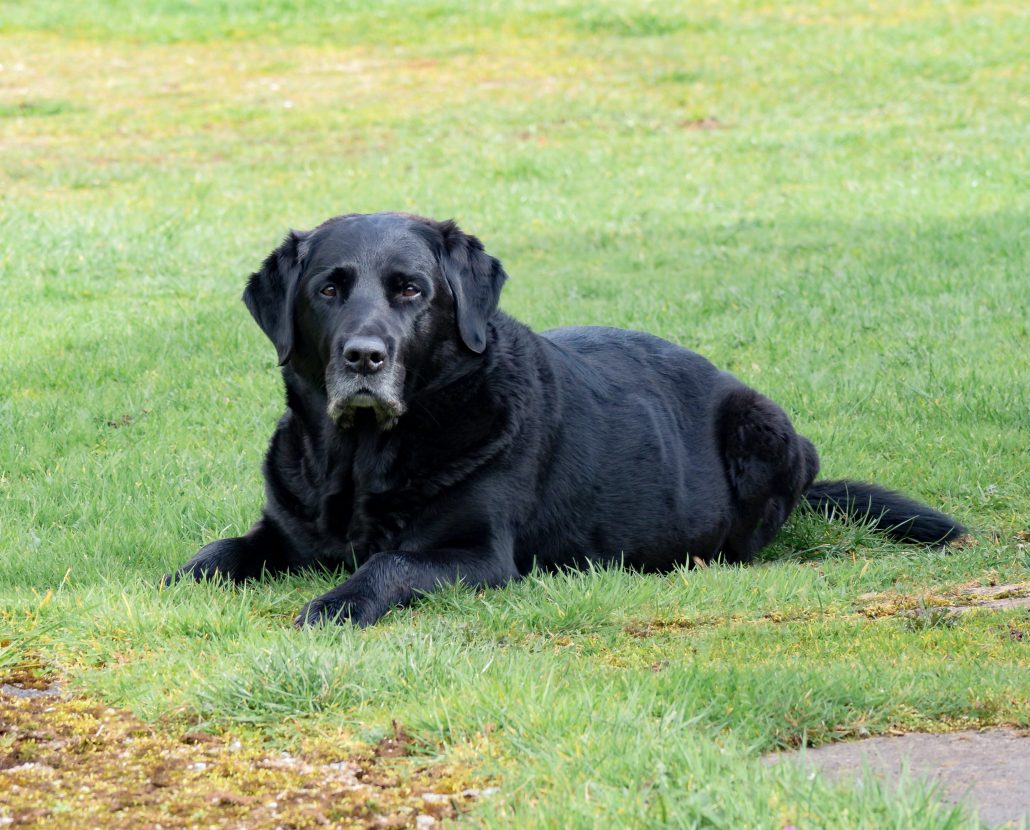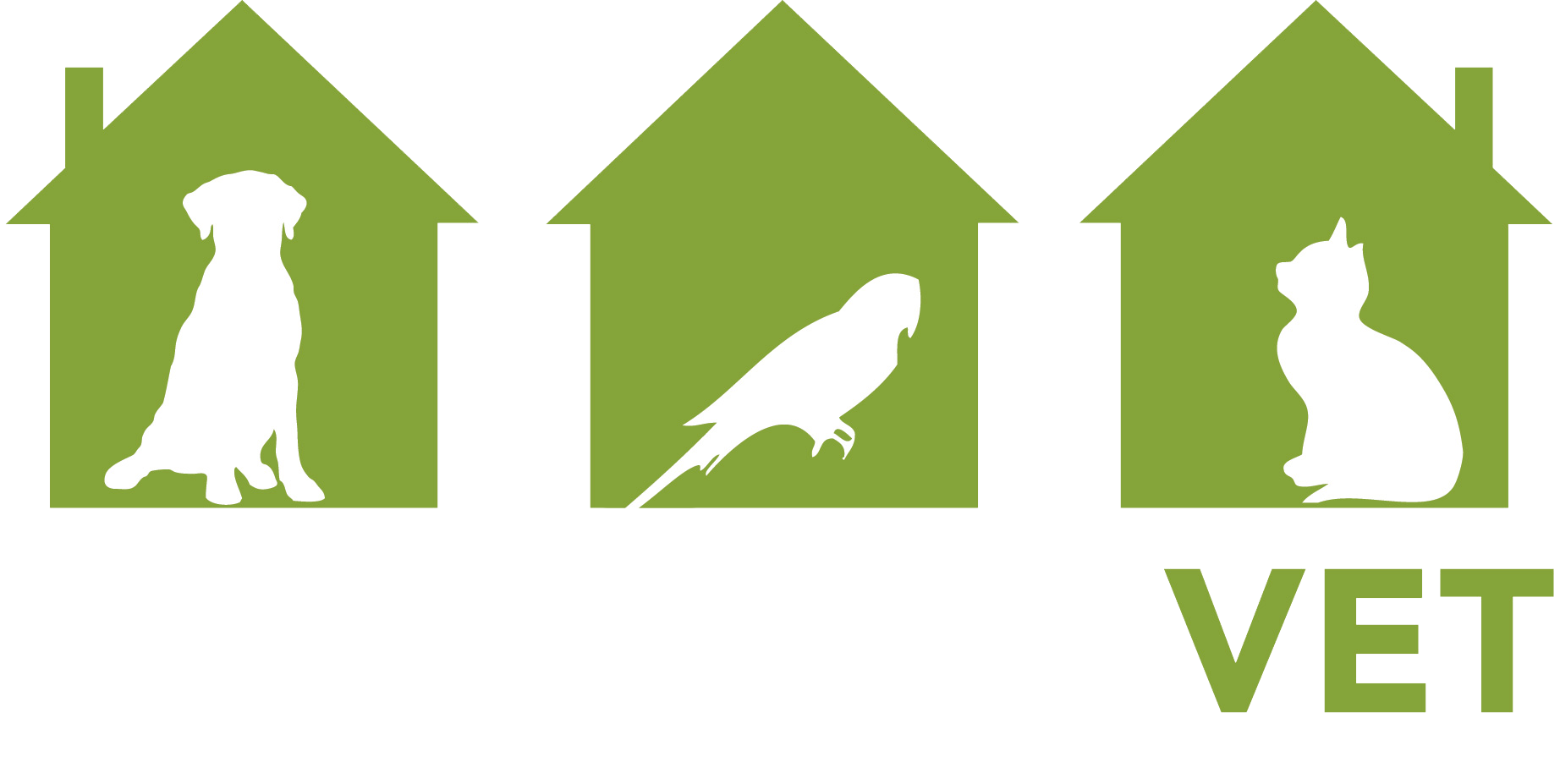Hip dysplasia in dogs terrifies large breed dog owners, but the fact is that hip dysplasia can happen to any size or breed of dog. This unpleasant condition will significantly decrease the quality of life of a dog and make it difficult for owners to watch. Good news is that promoting responsible dog ownership and educating yourself about possible health problems such as hip dysplasia will go a long way to keeping your dog happy.
Learn what all dog owners should know about hip dysplasia, including signs, treatment options, and preventive steps you can take to keep your dog safe, happy, and healthy.
What Is Hip Dysplasia In Dogs?
Hip dysplasia is a common skeletal disease, often seen in large or giant breed dogs, although it can also occur in smaller breeds. Hip dysplasia affects the joint of the hip.
The hip joint is a ball and a socket. In dogs with hip dysplasia, the ball and socket do not match or grow correctly, and they rub and grind rather than slip smoothly. This results in a degradation over time and a potential loss of function of the joint itself.

What Causes Hip Dysplasia in Dogs?
Hip dysplasia appears to be genetically inherited, rendering it a hereditary condition. It is particularly common in larger dogs, such as the Great Dane, Rottweilers, Labrador Retriever, and the German Shepherd Dog. Factors such as excessive growth rate, exercise habits, and poor weight and diet can increase this genetic predisposition.
Some puppies have special nutritional requirements and need food specially formulated for large breed puppies. These foods help prevent excessive growth, which can lead to skeletal disorders such as hip dysplasia, elbow dysplasia and other joint conditions.
Improper diet can also affect the dog’s probability of developing hip dysplasia, as too much exercise – or too little. Obesity places a lot of stress on your dog’s joints, which can worsen a pre-existing condition, such as hip dysplasia, or even cause hip dysplasia.

Symptoms of Hip Dysplasia in Dogs
Some dogs begin to display symptoms of hip dysplasia when they are as young as four months old. Others develop this in combination with osteoarthritis as they age. In both cases, there are a few signs that owners should be familiar with. These symptoms can differ depending on the severity of the disorder, which is why it is important to consider and recognise early symptoms:
Hip Dysplasia in Young Dogs
Young dogs also display a sudden onset of hind limb lameness. They may not be able to exercise, leap, or climb stairs, and they may have trouble getting up from a lying position. They can develop an irregular gait or streak, or display signs of pain or discomfort when treated around the hip region.
If you find that your young dog has the following signs, get in touch with your veterinarian right away:
- Difficulty with climbing stairs and rising.
- A peculiar swaying walk and walking slowly
- Posing close together on their back legs
- The lack of participation in the exercise
- The low mood
- The exhaustion

Hip Dysplasia in Senior Dogs
Although senior pets appear to display symptoms of osteoarthritis due to aging-there are obvious signs of hip dysplasia that every owner should be aware of.
These symptoms can occur after vigorous exercise – if there is lameness, a swaying walk or waddle, and trouble rising after lying down. The symptoms may come on unexpectedly, or you might note a gradual decrease in your pet’s normal behavior. Pain can be noticeable when handling the hips.
Depending on your dog’s age and how serious their dysplasia appears to be, your veterinarian can suggest hip dysplasia surgery. Alternatively, if the dog is relatively old, the veterinarian can recommend anti-inflammatory drugs and dietary supplements.
Treating Hip Dysplasia in Dogs:
There are ways to treat Hip Dysplasia without invasive surgery-depending on the dog’s age and the nature of the condition. Here are a few ways to help reduce the discomfort of your dog and improve its everyday mobility.
Nonsteroidal Anti-Inflammatory Drugs
These drugs tend to function by decreasing chronic inflammation levels in the dog’s entire body, reducing discomfort in the hips and joints. While they are usually healthy, some dogs can have unpleasant side effects. Make sure you let your vet know if your dog has any issues with other drugs.
Low Impact Exercise
It’s important to follow the advice of your doctor, but if they give green light to exercise, this can be a good way to strengthen the muscles and joints of your dog to boost their mobility. Only make sure to concentrate on low-impact exercises like walking or swimming, and avoid rough activity like jumping or running.
Closely linked to exercise, you can even consider structured physical therapy. Professional canine physiotherapist will also be able to use precise stretches, underwater treadmills and other methods to enhance your dog’s mobility and minimize overall discomfort.
Weight Regulation
This may be the simplest and most cost-effective method of treatment for hip dysplasia. Many dog owners don’t know how significant the weight of their dog is. Not only do extra pounds bring undue pressure on their joints, but fatty tissue releases inflammatory hormones that actually increase chronic pain. In fact, it has been shown that overweight dogs are more likely to develop symptoms of arthritis, which is directly linked to hip dysplasia in dogs.
Supplements
Many dogs don’t get enough food on their own. Many caring owners resort to joint-healthy supplements to make their dogs move more freely.
Glucosamine for dogs is one of the most common and safe supplements for dogs with hip dysplasia. This essential nutrient allows your dog to repair its joints and cartilage from the inside out. Get in contact with us to learn more about supplements for dogs with skeletal issues.
The aim here is to be mindful of any signs or symptoms that your dog may display to suggest that it is experiencing hip dysplasia. Get in contact with us if you are worried that your dog may show signs of hip dysplasia.

